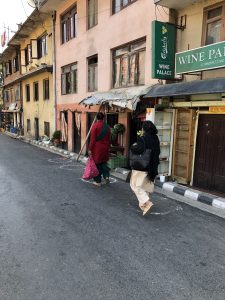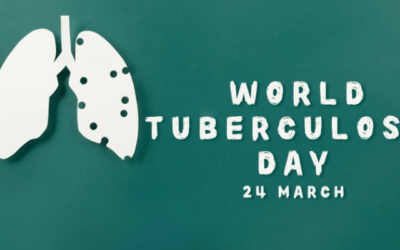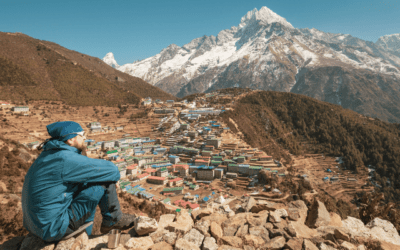The Lincoln (American) School closed on Monday (23rd March) and The British School here in Kathmandu closes as of today (27th March). Expatriate teachers have been given the option to flee back home in light of the current pandemic and some have decided to do just that. All Everest summiting expeditions have been cancelled, flights to Lukhla – gateway to the Everest Region – have stopped and currently anyone who arrived in the country within the last couple of weeks wasn’t allowed to go trekking unless they can come up with a medical certificate and a recent PCR test result. And where is anyone going to acquire one of those?

Kathmandu is strangely quiet and has been since before the Holi colour-throwing celebrations on 9th March. Nepali government directives were to avoid playing Holi and stay inside. More recently gatherings of more than 25 people are discouraged, local schools are closed and even the city’s zoo has its gates barred. Weddings, though, continued. They were exempt even though they are notorious for disease-transmission and 300 guests would constitute a small gathering. Most of us old hands living in Nepal has had a bout of dysentery from one or other wedding.
The picture here shows flower circles on the road to encourage social distancing outside small shops. Nepal are following the WHO 1m suggestion rather than 2m as in many countries. Note how quiet the streets are.
People are worried in the city. They feel that the government isn’t doing enough and yet it is clear that citizens aren’t following instructions as well as they might. It seems odd that Nepalis need to be reminded of the health benefits of avoiding physical contact whenever greeting others when the traditional way of saying hello is to Namaste – holding one’s hands palms together like saying a prayer. With ‘modernisation’ though so many shake hands or hug.
Temperatures are being checked at airports and when we flew down to Dhangadhi over the 21/22nd weekend we were also handed a sheet reminding us of the WHO messages. Despite this and large posters all over the place, I am yet to see anyone sneezing into their elbow.

There is – so far though – no evidence of panic-buying. We have plenty of toilet roll but probably that’s because no-one is using it to catch sneezes or coughs – there is still that lovely dawn chorus of hawking, throat clearing and the sound of a big glob of phlegm hitting the pavement.
People are getting upset about the unavailability of paper and cloth masks locally though – tailors are having a field day – and police are seizing consignments of illegally shipped surgical masks. One encounters hand gel all over the place in the city despite the government’s sensible advice to wash often with soap and water and when I tried to inform a friend about the poor efficacy of gel she responded rather tartly, ‘Oh yes, we all know about that, Jane,’ and she continued gelling.
Thus far we have had just nine confirmed case of Covid-19 in Nepal and I am pleased to say that there are no deaths so far. Experts say that the quality of the testing is good but journalists say that insufficient numbers are being tested for us to know if the virus is really here.
According to the Nepali Times not even everyone presenting to the country’s specialist Infectious Diseases Hospital (in Teku) with flu-like symptoms are being tested. The hospital’s one PCR machine can only test 500 patients a week, and after our first positive case, all others have been negative. And there are rumours of ambulances refusing to take patients with flu-like symptoms to hospital.

Things are quiet on the streets at present. The police are allowing folks to go out to buy food but are stopping longer journeys. Our home help tried to visit us today so we could pay her salary but she had her scooter impounded – albeit temporarily. Workers are hurting and livelihoods threatened. We’re now two weeks into lockdown and the Prime Minister is expected to announce an extension to the restrictions today or tomorrow. It is an evolving situation. Meanwhile, masks are being worn (mostly on the chin) although the air quality is so poor in the Kathmandu Valley that mask-wearing is nothing new. As plane-loads of exiting expatriates leave the country, the rest of us wait and wonder when the proverbial will hit the fan.
Jane Wilson-Howarth is dividing her time between Kathmandu and Cambridge and is working on updating two of her travel health guides www.wilson-howarth.com
6.4.20




